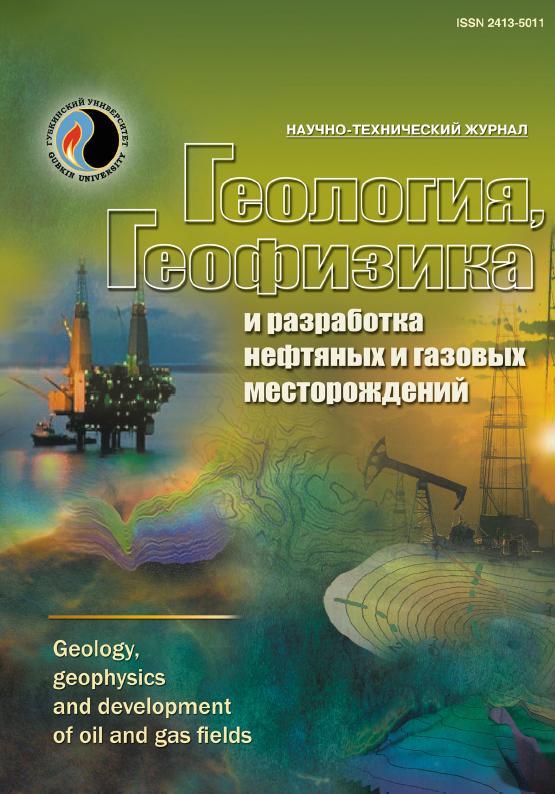Fluid distribution analysis based on 3D seismic characterization
UDC: 553.98(87):550.834
DOI: 10.33285/2413-5011-2022-1(361)-39-44
Authors:
MANAPOV TIMUR F. 1
1,
PEREZ YARAIXA1,
ANDRADE SELENE1,
MORALES ERICA1,
ROSARIO OMAR1,
KORABELNIKOV ALEXANDER I. 1
1,
SULTANOV SHAMIL KH. 2
2
1 Petrolera, Caracas, Venezuela
2 Ufa State Petroleum Technological University, Ufa, Russia
Keywords: 3D seismic, tectonic structures, faults, stratigraphic column, lithology characteristics, seismic attributes, azimuthal interpretation, fluid distribution, prospecting intervals, well reactivation
Annotation:
The range of oilfields all around the world which have been under development for many years are experiencing significant depletion of producing intervals. Therefore, research aimed not only at improving understanding of the features of regional basin analysis and distribution of productive deposits, but also at finding low-cost alternatives to increase production within the developed fields, including the formation of effective plans for the restoration of wells and connecting previously uninvolved intervals, is of particular importance, which, in turn, will have a positive impact on the economic performance of oil companies. One of the promising ideas is to study intervals that were not previously involved in development in this field, but have proven productivity in analogous fields located near the studied field. This will allow exploring the prospects for identifying new oil reserves, as well as reactivating wells, which, for example, in the past showed high water flow rates from other stratigraphic levels.
In this article, the above approach was used to study the prospects for increasing reserves and production at a field located on the western coast of Maracaibo Lake (Venezuela), within one of the most promising oil basins in the world. The field has been in development for over 70 years, and oil reserves in the main explored and discovered formations are currently characterized by a high degree of depletion. In 2019, as part of the additional exploration program, 3 wells were tested in previously unexplored intervals, but the production performance could not be explained using the structural frame presented in the area. Thus, it was proposed to re-analyze the available seismic data, based on the azimuthal interpretation of the existing seismic cubes and the applying seismic attributes, which would allow obtaining improved structural models, while taking into account the capabilities of modern technologies in the context of a limited budget for study, as well as the availability of original field data at the time of research. The results of the work performed made it possible to explain the production performance from wells tested in the intervals from a structural (reservoir compartmentalization) and a petrophysical (fluid distribution) perspective.
Bibliography:
1. Bueno E. Superposed structural styles of the Maracaibo Basin, Venezuela // Maraven S.A., Caracas, Venezuela: Third ISAG, St. Malo (France). – 17–19/9/1996.
2. Chopra S., Marfurt K. Seismic attributes for prospect identification and reservoir characterization // SEG and EAGE. – Geophysical Developments. – 2010. – № 11.
3. Mann P., Escalona A., Castillo V. Regional geologic and tectonic setting of the Maracaibo Supergiant Basin, Western Venezuela // AAPG Bulletin. – 2006. – № 90(4). – Рр. 445–477.

